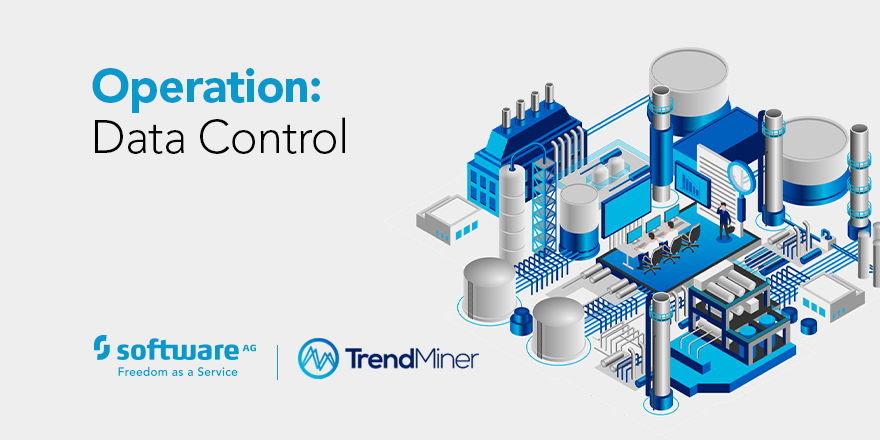Give Engineers the OT tools they need
Operational data is valuable stuff. Treated correctly, it can solve previously unsolvable operational issues.

Operational data is valuable stuff. Treated correctly, it can solve previously unsolvable operational issues. It can verify (or not) the hypothesis of a good idea based on tribal knowledge. Most importantly, it can lead to new ways to improve your operational performance.
Today, organizations are feeling the pressure; they hear analysts and competitors discussing hot topics like digitalization, industry 4.0, machine learning and artificial intelligence. These new topics are being touted as the Promised Land, something they can’t survive without as they face their competition in the next couple of years. They are asking their IT departments to look into these new topics and help transform the organization.
For this they need operational technology-sourced data (OT), which comes from running their business, to make informed operational decisions. This data is all about their production processes and operational performance – which IT enables with the technology and services it provides.
So ownership of this data has long been the purview of an organization’s engineers and operational personnel. And they do not know how to leverage all the sensor-generated new and historical data to add value.
The problem is, where do they start? Data is everywhere. New data sources are difficult to build business cases with. And since IT is facilitating, operators generally have to lean on data scientists to help make sense of it. But data scientists are notoriously hard to find, and can be hugely expensive.
Not only that, but there are many sources of information that data scientists may not very familiar with; after all, OT data is intricately entwined with the business and the bottom line. It is the engineers and operational personnel who know most about the production process, so it makes most sense to investigate how they can get more out of their own data.
The problem is, they don’t know how. They may have gathered data for many years and don’t they have a purpose-built tool that leverages the captured data to the max. They’ve been using the traditional trend clients of the historians or use Microsoft Excel spreadsheets. These tools are not effective – even Excel wizards need a lot of time to use them for perhaps 1 or 2% of crucial assets.
This is where TrendMiner comes in; offering engineers the tools to analyze all the data themselves and find new ways to improve operational performance.
What can they achieve?
- They can solve previously unsolvable operational issues
- They can verify hypothesis based on tribal knowledge
- They can find new ways to improve operations, because they can use all their decades of historical data
TrendMiner ultimately empowers engineers to utilize operational sensor generated time-series data, helping them to continuously improve operational excellence, such as:
- Reducing the carbon footprint of a production facility
- Improving product quality and deliver to customer demand
- Increasing yield
- Increasing asset reliability by reducing failure and process downtime
- Preventing and predict maintenance
- Increasing operational safety
So where to start? Start small and scale fast. See how TrendMiner can help by clicking below.